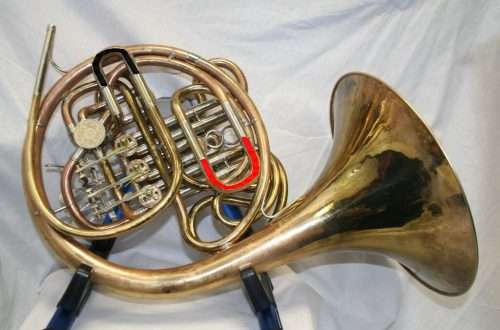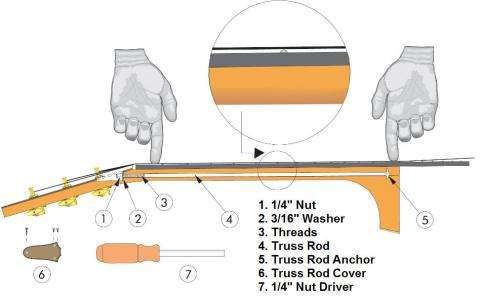
How to tune Kalimba

Kalimba is an ancient African reed musical instrument that has become very popular and has retained its popularity today. This instrument is very easy to learn to play for anyone who knows musical notation.
But the kalimba, like any other musical instrument, sometimes needs to be tuned. The sound of the kalimba is made up of the sound of resonating reed plates, which is amplified by the hollow body of the instrument. The tone of each tongue depends on its length.
If you look closely at the device of the kalimba, you can see that the tongues are fixed at different lengths relative to each other, the fastening is made using a metal threshold that holds the tongues in position. The shorter the reed, the higher the sound it produces.
Thus, to tune a kalimba, you need three things: knowing what tuning you want to tune the kalimba to, a tuner or a note pattern (such as a piano), and a small mallet.

The notes of the kalimba are not in the same order as they are on the piano. Neighboring notes of the scale are on opposite sides of the kalimba. Kalimba differs in that low notes are in the center, and high notes are located on the sides to the left and right. The main sequence of notes on the kalimba is the lowest sound on the middle reed, the reed on the left is slightly higher, the reed on the right side is even higher, and so on, in turn.
The sound range of kalimba varies from the number of installed reeds, and the system can be very diverse: pentatonic and diatonic, major and minor. The question of the instrument’s key usually comes up when you ask yourself how to choose a kalimba at the stage of buying it. Usually the manufacturer signs the reeds with the notes they should sound. However, by knowing the tuning method we’ll cover in this article, you’ll be able to tune your kalimba to almost any key.
So, now that you have decided on the system and prepared all the necessary equipment, we will start setting up.
Place the kalimba closer to the tuner, or connect a small piezo pickup to it, which you will connect to the tuner. In general, even a tuner installed on your smartphone is well suited. Download the tuner application, for example:
- For Android devices: gstrings
- For Apple devices: intuner
Start tuning one reed at a time. When tuning each note of the kalimba, muffle adjacent reeds so as not to confuse the tuner. The vibration from one tongue of the kalimba is transmitted to the others, which interferes with the perception of the tuner. tap the adjustable tongue with your finger to make it sound.
If your tuner shows that the current tone of the sound is lower than necessary, you need to shorten the length of the tongue by gently knocking it in front with a small hammer towards the nut, away from you. If the tuner reports that the reed sounds higher than desired, increase the length of the reed by tucking it in at the back, from the mount towards you. Do this operation with each tongue separately.
Now that the kalimba is in tune, check to see if the reeds are rattling when played. This is a common problem with any kalimba and is very easy to deal with – you can move the kalimba tongues slightly to the left or right of their original position. Slightly loosen the fastening of the tongue on the nut by loosening the bolts. After the procedure, re-check the condition of the kalimba system. Even if this does not help, place a piece of folded paper under the tongue.
A properly tuned and adjusted instrument is the key to successful learning to play the kalimba, as well as the performance of musical works. Check the kalimba system at least once every half a month.





